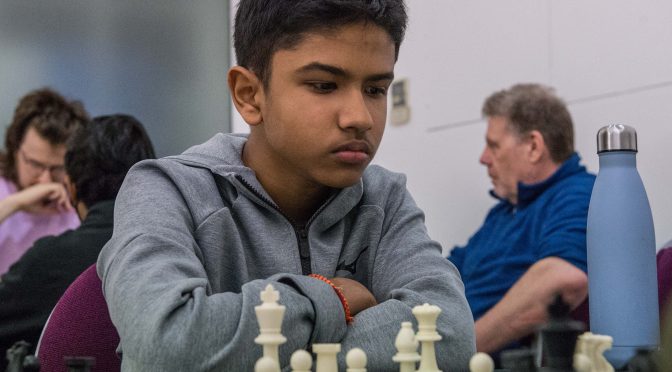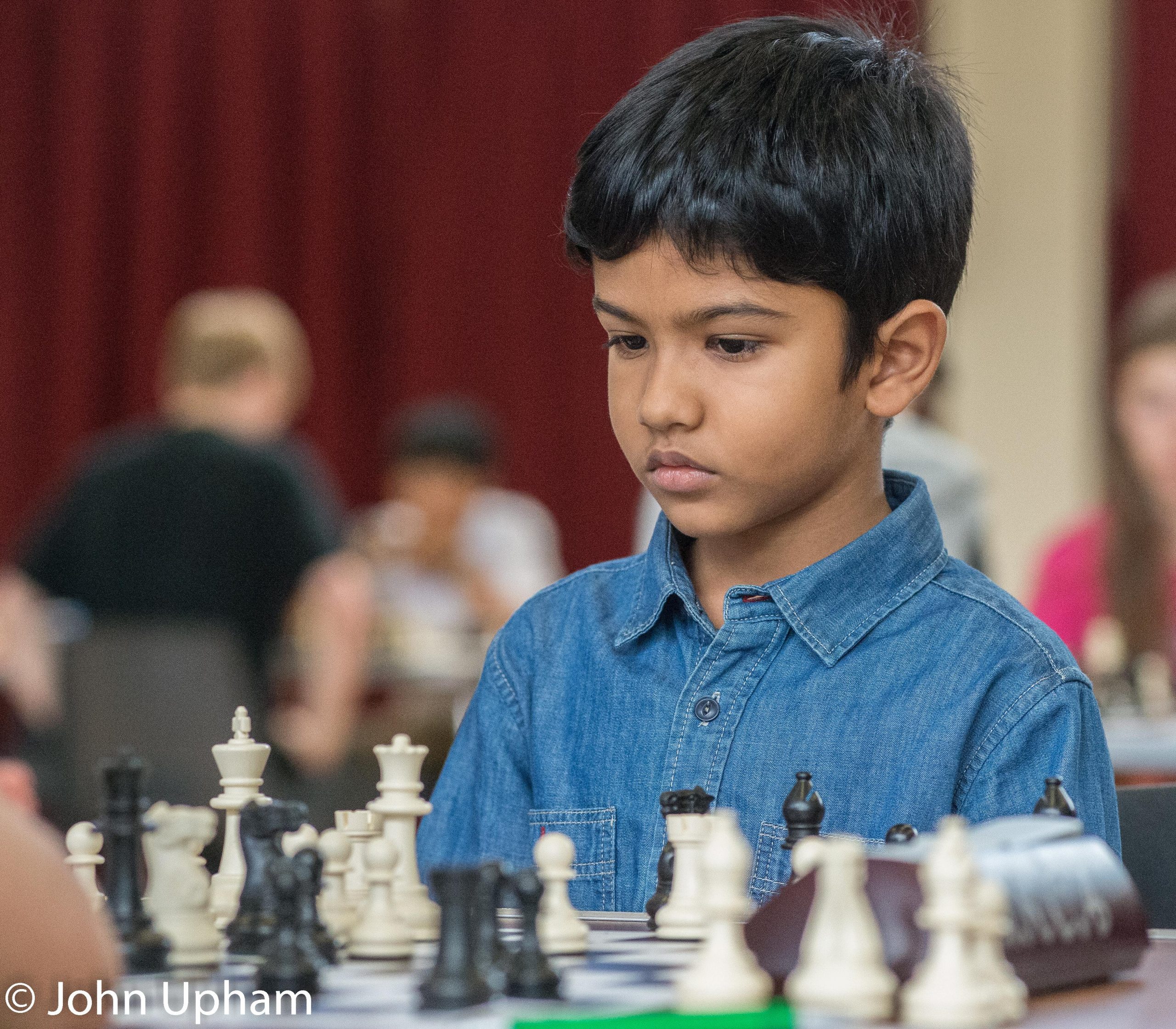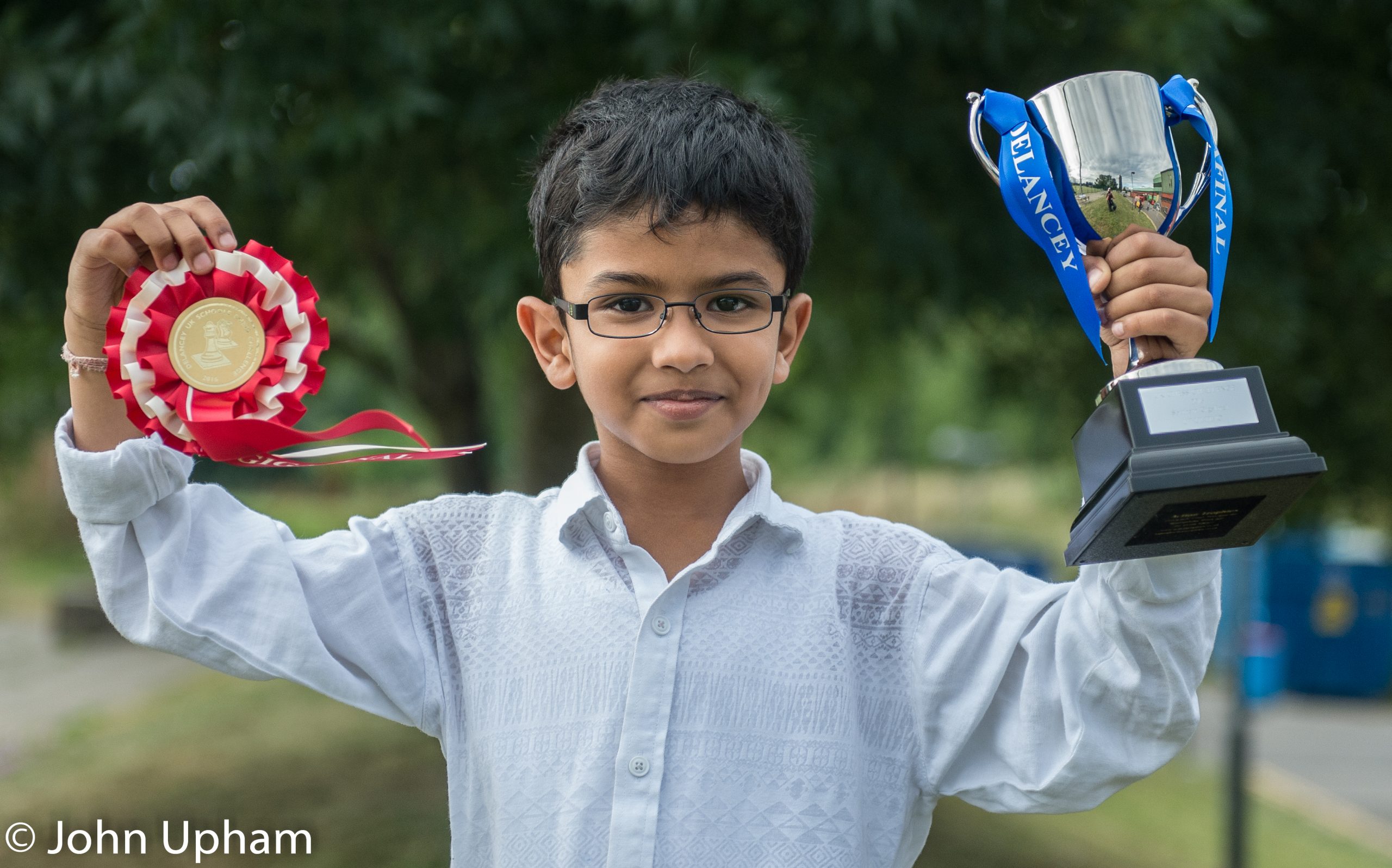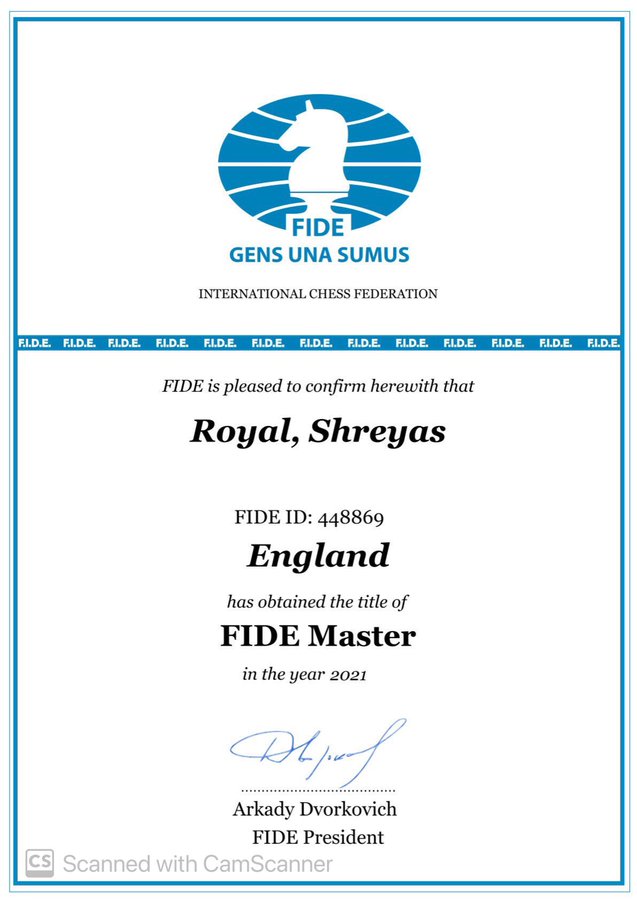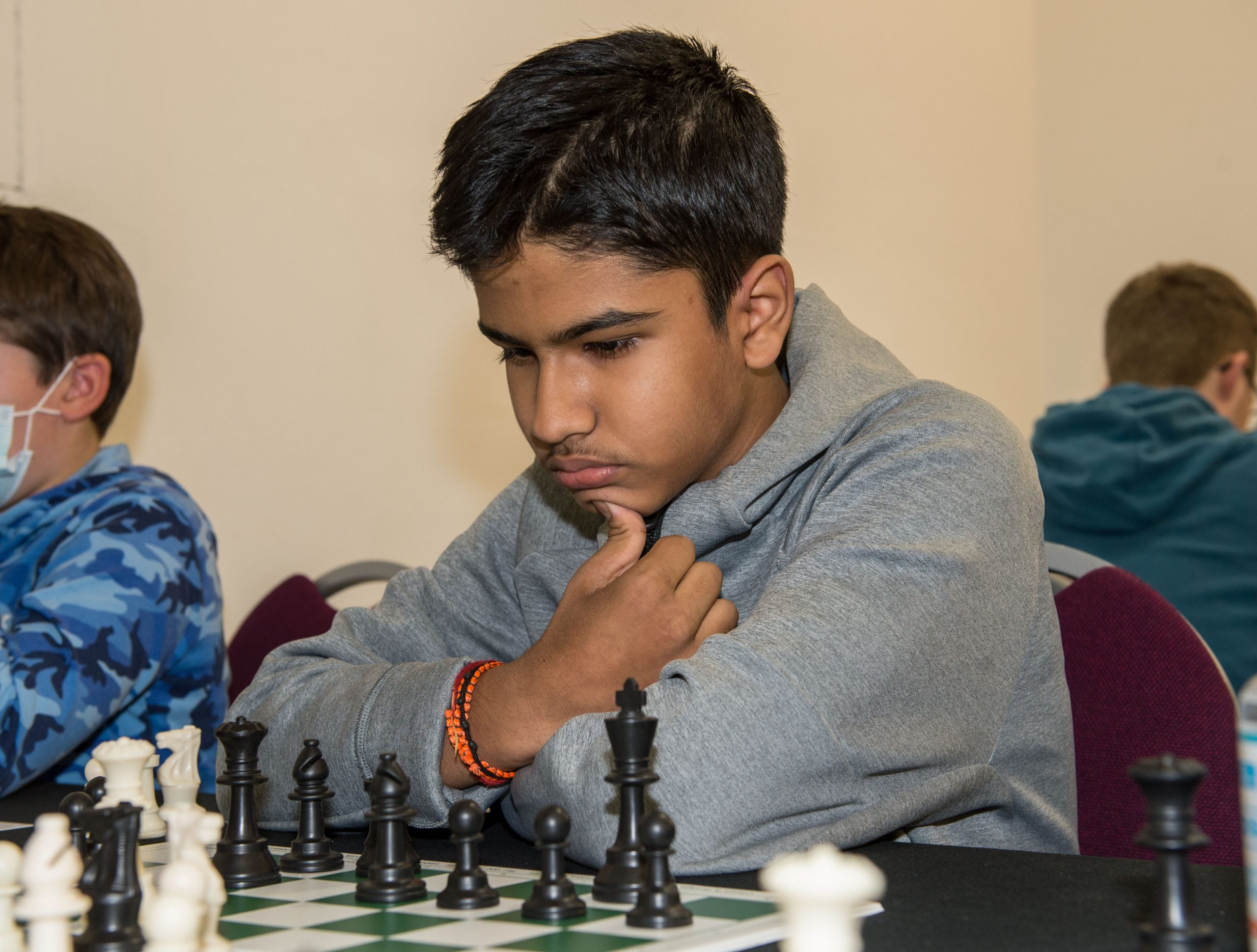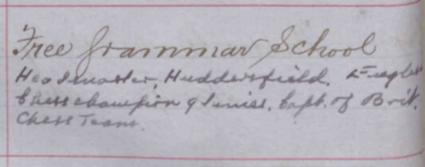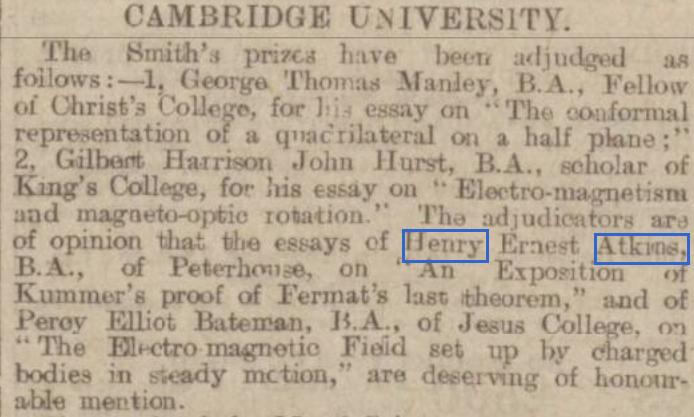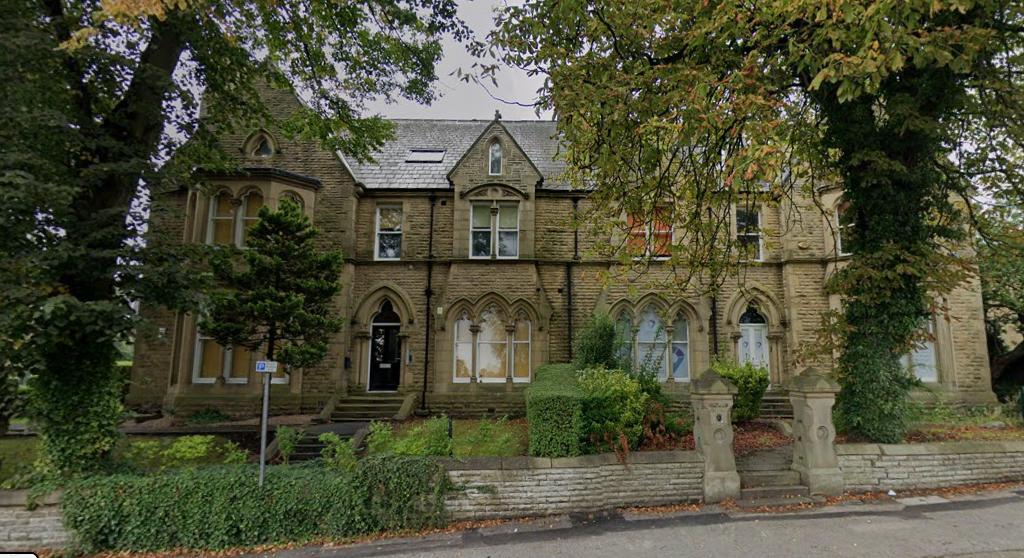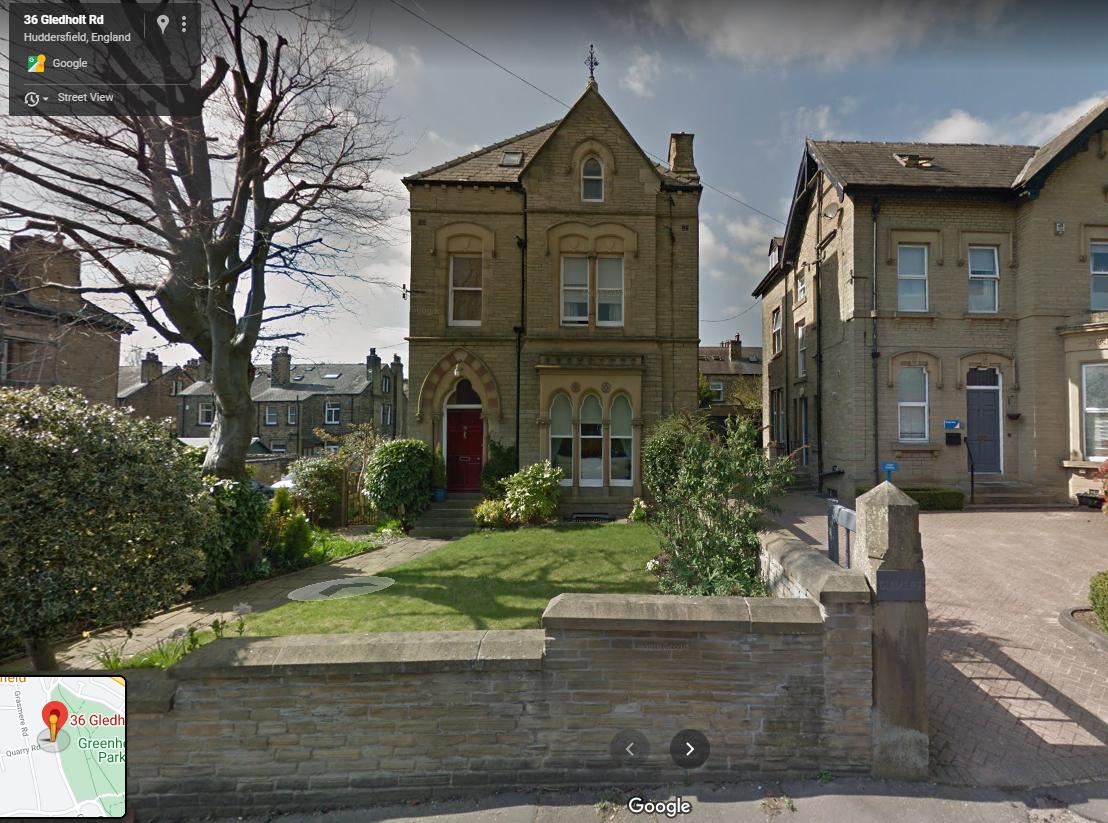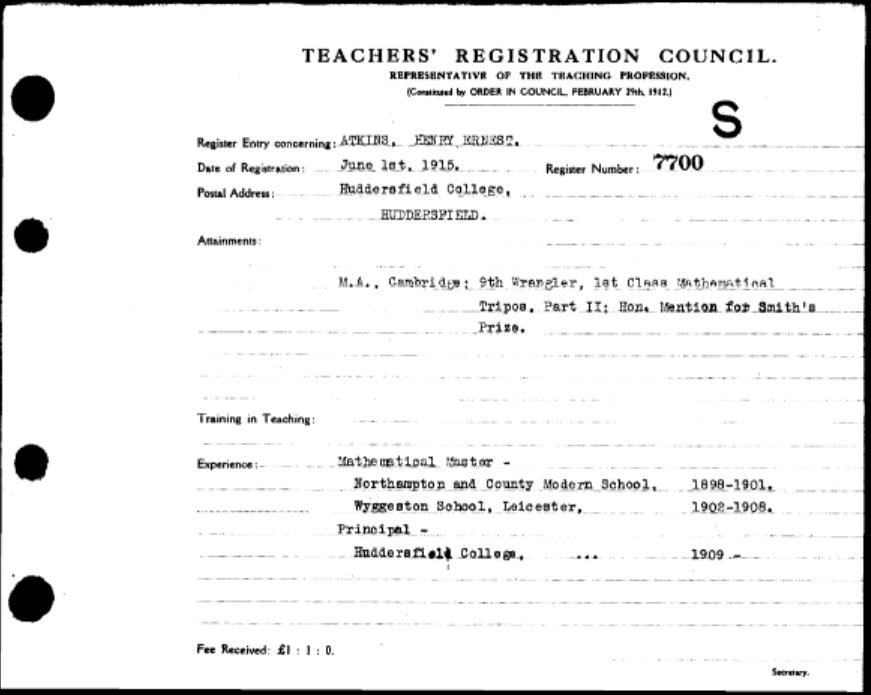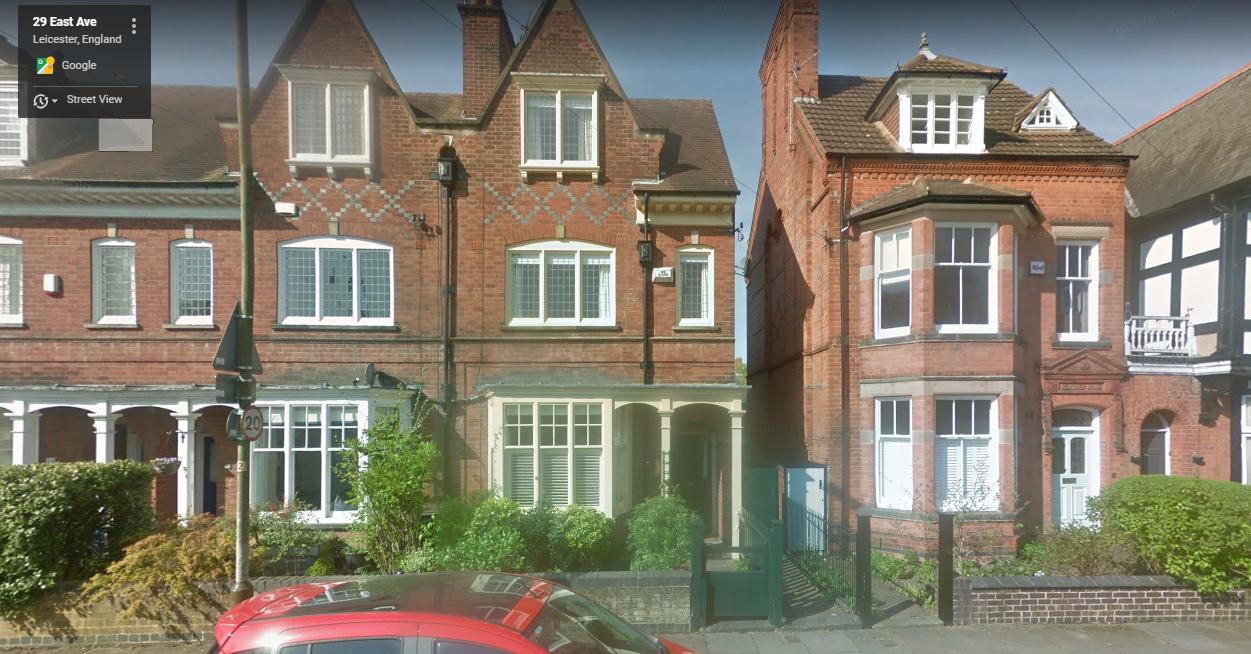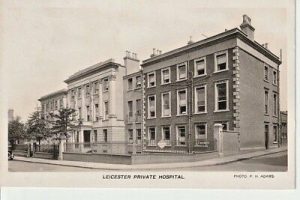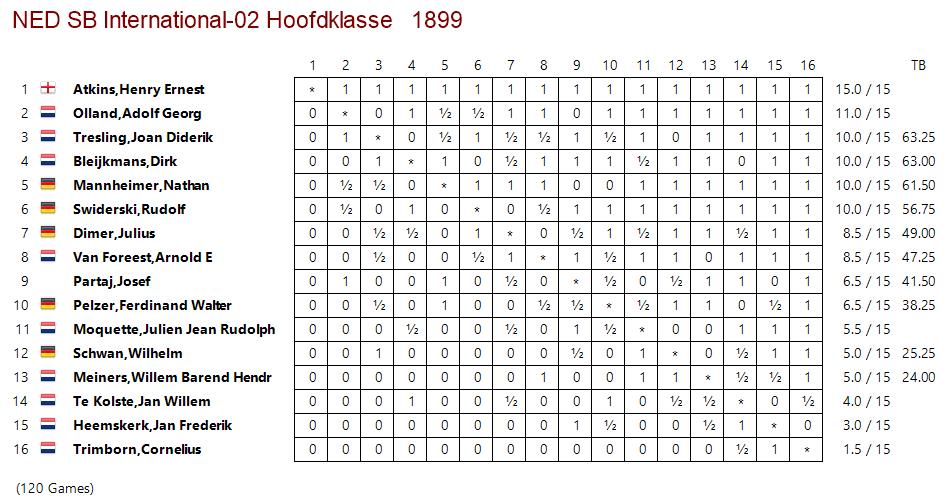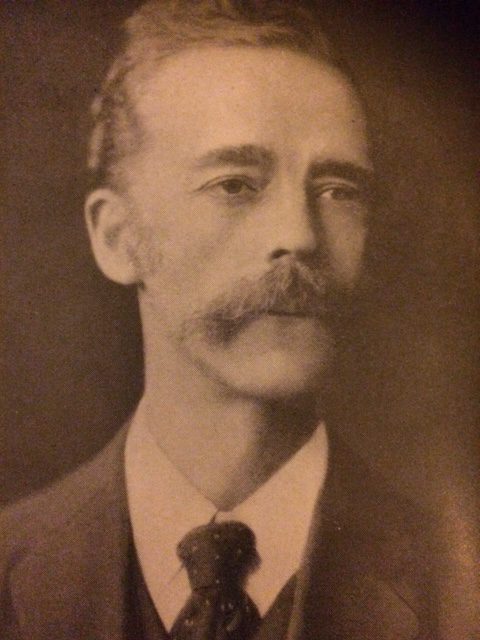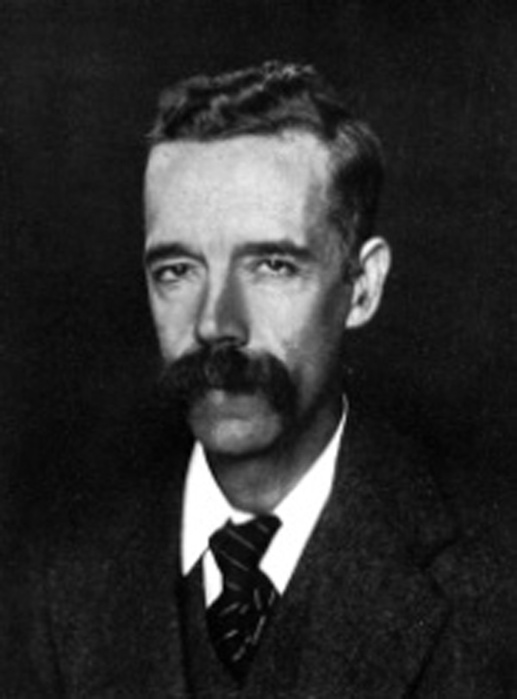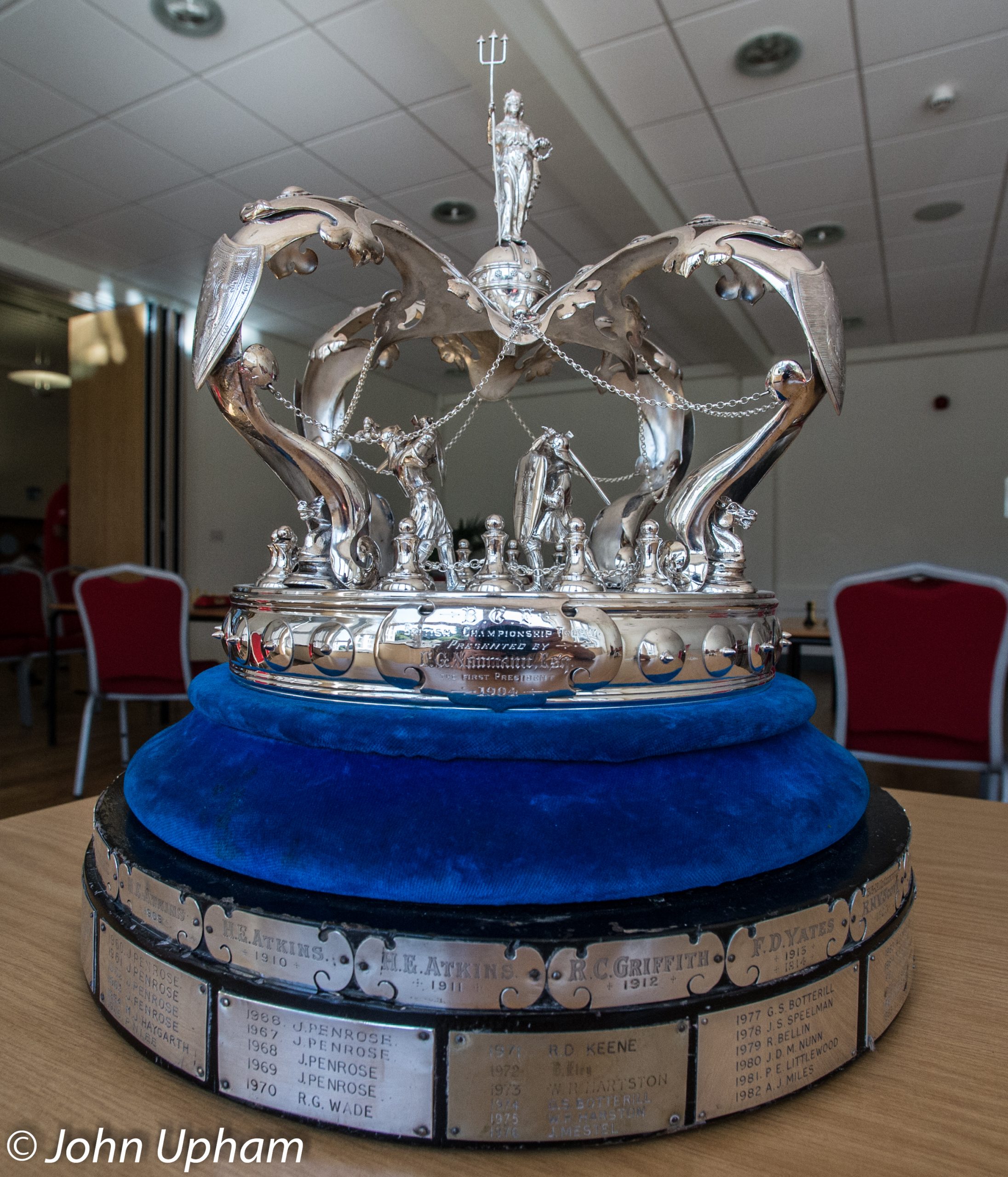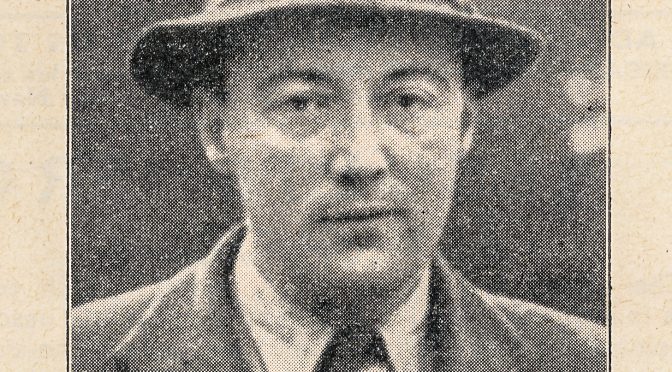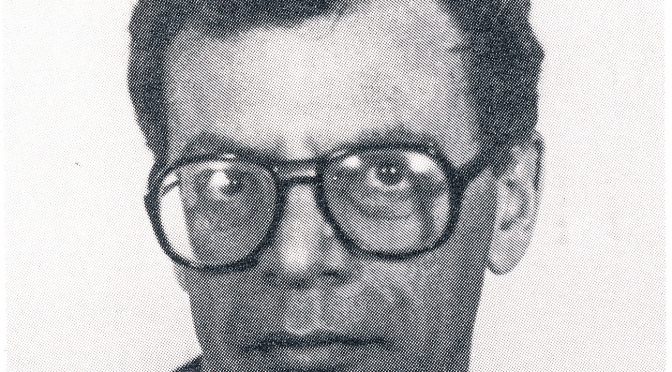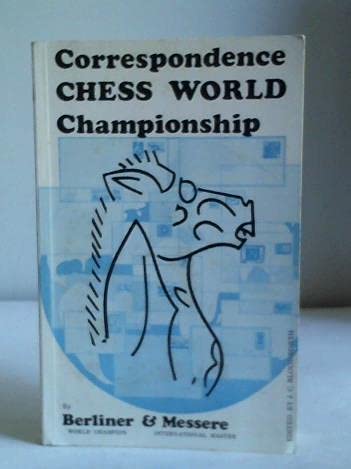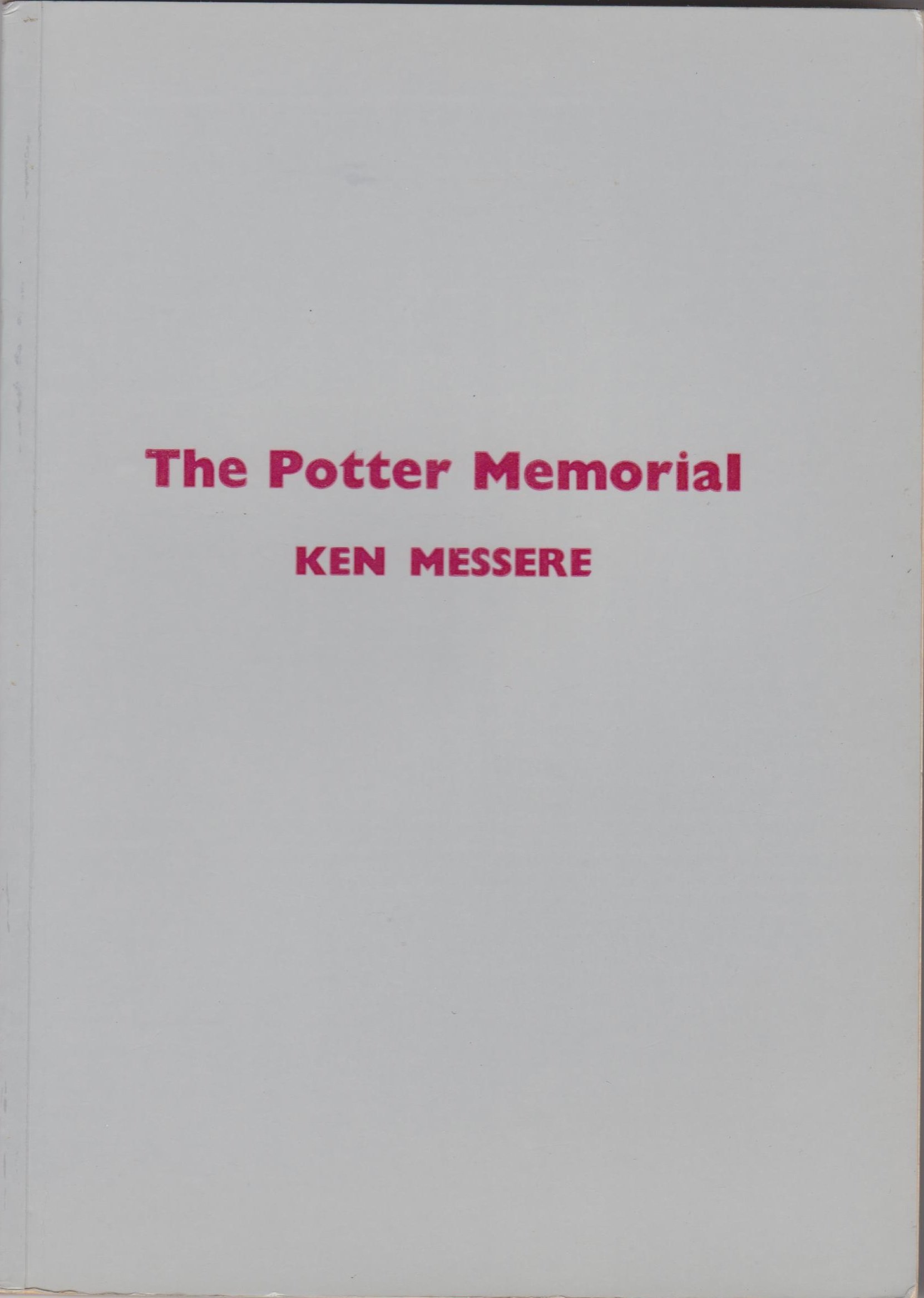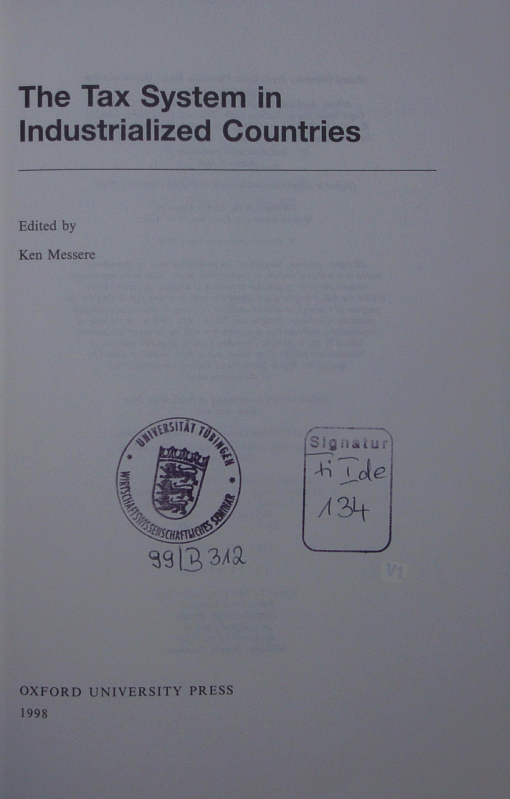Everyone’s First Chess Workbook: Peter Giannatos
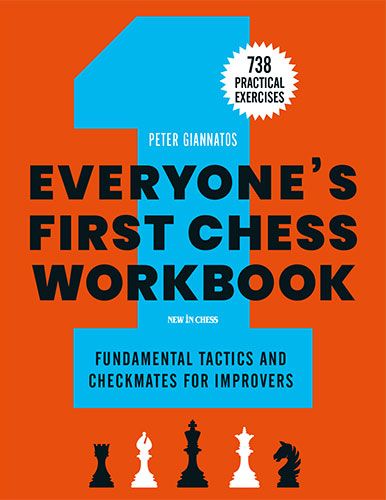
From the publisher’s blurb:
“Working on chess tactics and checkmates will help you win more games. It develops your pattern recognition and your board vision’ your ability to capitalize on opportunities.
This Workbook features a complete set of fundamental tactics, checkmate patterns, exercises, hints, and solutions. Peter Giannatos selected 738 exercises based on ten years of experience with thousands of pupils at the prize-winning Charlotte Chess Center. All problems are clean, without unnecessary fluff that detracts from their instructive value.
The Workbook has ample room for writing down the solutions to the exercises. This is helpful for both students and coaches, who can assign homework from the book without having to worry about being unable to review the solutions. And writing down the correct chess moves will greatly accelerate your learning process.
Everyone’s First Chess Workbook offers you a treasure trove of chess knowledge and more than enough lessons to keep you busy for a year!”
“Peter Giannatos is the founder and executive director of the Charlotte Chess Center & Scholastic Academy, in Charlotte, North Carolina, USA. Peter has been teaching and organizing chess for more than 10 years. As a teenager, he boosted his chess rating from 589 to over 2000 USCF in less than four years. Since then, Peter has achieved both the FIDE Master title and the US Chess National Master title. He now spends most of his time teaching his students the same techniques he used to rapidly improve.”
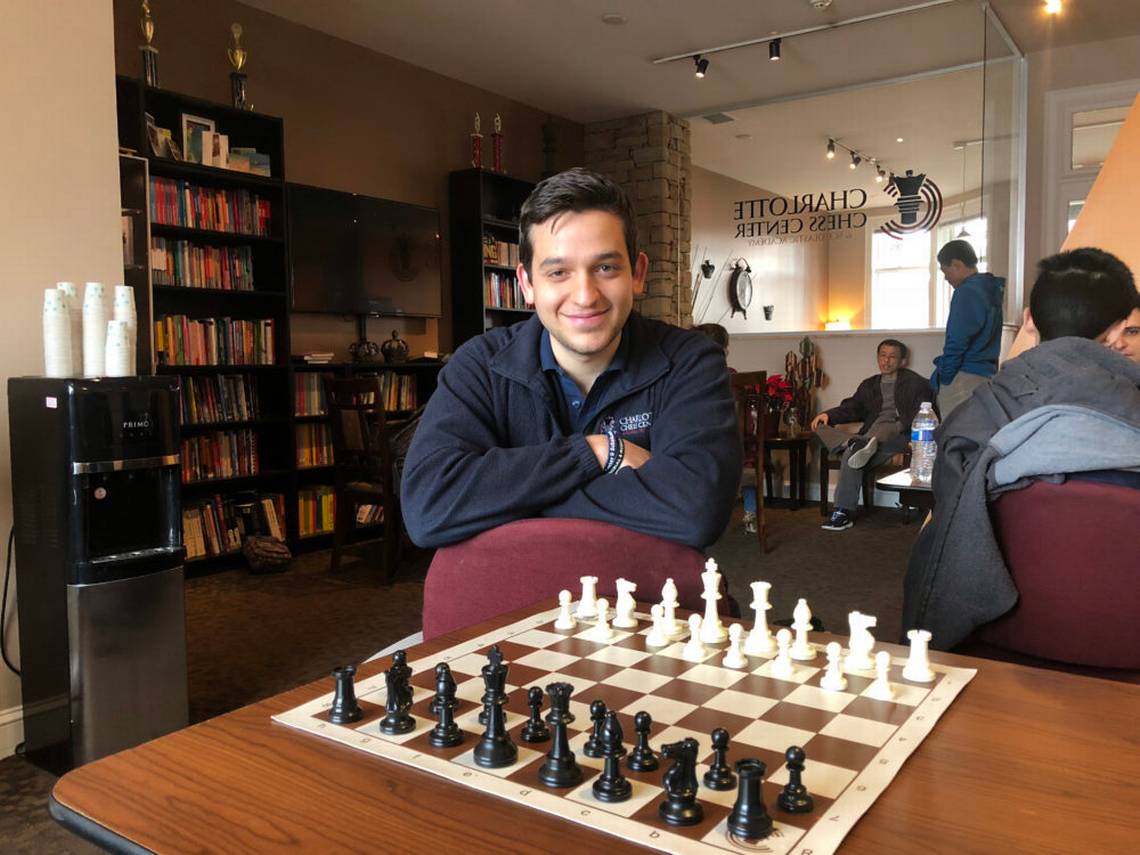
As with every recent New in Chess publication high quality paper is used and the printing is clear. The book can easily be laid flat next to the board and does not require weights to prevent it from “self-closing”.
Figurine algebraic notation is used throughout and the diagrams are placed adjacent to the relevant text. Being a workbook the layout is quite different to most from New in Chess. It is superbly laid out and attractively produced.
We are constantly reminded that size does not matter when it comes to chess books, however, this new book from New in Chess immediately creates an impression. Weighing in at just under a kilogram and sporting dimensions of 22 x 2 x 28 cm this must be NICs largest publication for a very long time.
This is a workbook containing generous space for the recording of answers to the puzzles and the making of notes. Usually there are three positions per page with the positions occupying the left hand column and the answer space the right hand column. The carefully worded solutions are all contained in Part IV meaning bumping into the solutions accidentally is easily avoided.
Before we go further we may Look Inside which included the following Table of Contents:


The author has assembled a collection of 738 exercises of which 692 are examined by way of a test and the balance are examples.
The approach is to
- Provide a definition of what the exercise theme is about,
- Give around a dozen “Guided Examples” in which there is a strong hint
- Set around 20 or more test exercises with no hint
If you solve tactics puzzles on a regular basis then the bulk of the exercises will not challenge you with the exceptions of Chapters 20, Combinations/Setting Up Tactics and the interesting Chapter 21, Finish Like The World Champions.
Chapter 19 is very much in the style of the legendary book, Art of Attack in Chess by Vladimir Vuković in that the author provides examples of named checkmating patterns introducing the “Kill Box” and Vuković’s checkmates not mentioned by name in the original book. To find out what these are you will need to buy the book!
In our opinion, this is the perfect trainer for
- Adult beginners
- Adults returning to the game after a long lay-off
- Juniors of secondary school age
- coaches / teachers needing examples for their students
The explanations are crystal clear with no undefined jargon or strange expressions.
Firstly, we liked the correct use of terminology in that all pieces are shown giving forks including pawns and kings. Some texts believe that the label “fork” should be reserved purely for knights and that the other pieces deliver double attacks: Hurrah for this correct approach.
Secondly, the author differentiates between skewer and X-Ray and clearly shows the difference. For example this (#205) is a skewer:
once Black has found the correct move. On the other hand, this (#354), with Black to move,
is designated as an X-Ray tactic.
The bonus section of the book has to be Chapter 21, Finish Like the World Champions, which features 47 exercises from games of the sixteen world champions from Steinitz to Carlsen. Part of the exercise is to describe the themes used in the example. Here is a nice finish from the tenth World Champion, Boris Vasilievich Spasski in the 1960 game from Kislovodsk, Kuznetsov vs Spasski:
In summary, Peter Giannatos has created a unique and instructive trainer for a market that has been little satisfied and that is the post-Queen’s Gambit / lockdown created adult beginner. It has been superbly produced by New in Chess in a format quite new to them.
So, if you know of adults new or returning to chess then you could easily recommend this. Juniors of secondary school age new to chess will also benefit.
An excellent piece of work!
John Upham, Cove, Hampshire, January 5th 2022

Book Details :
- Hardcover : 344 pages
- Publisher:New In chess (6 Sept. 2021)
- Language: English
- ISBN-10:9056919881
- ISBN-13:978-9056919887
- Product Dimensions: 22 x 2 x 28 cm and 0.995 Kg
Official web site of New in Chess


